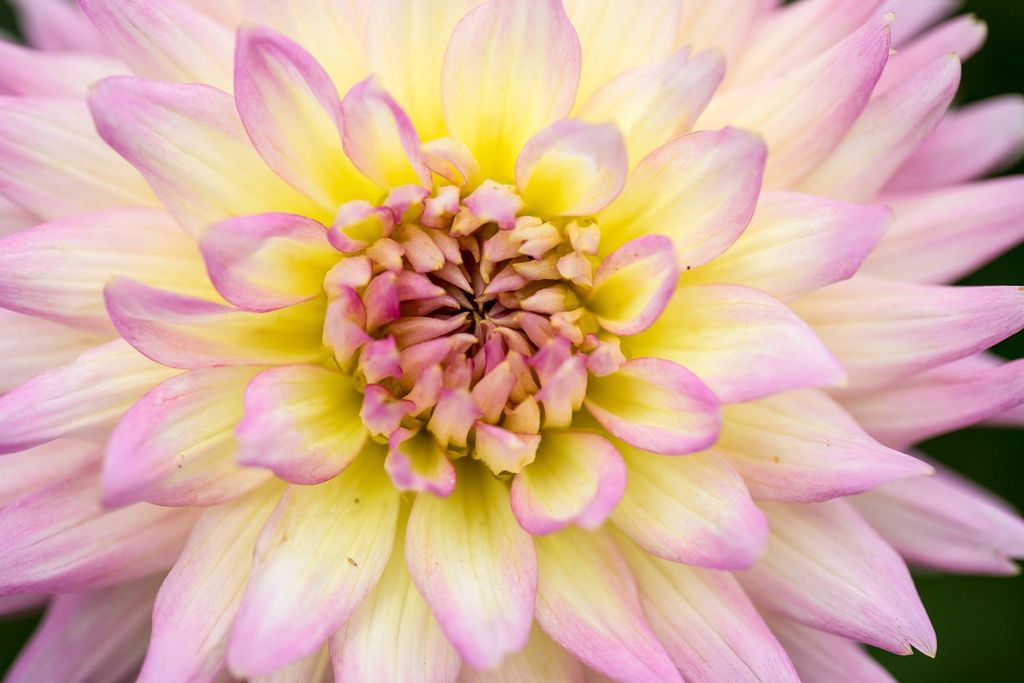When the Rule of Thirds Is the Wrong Way to Go
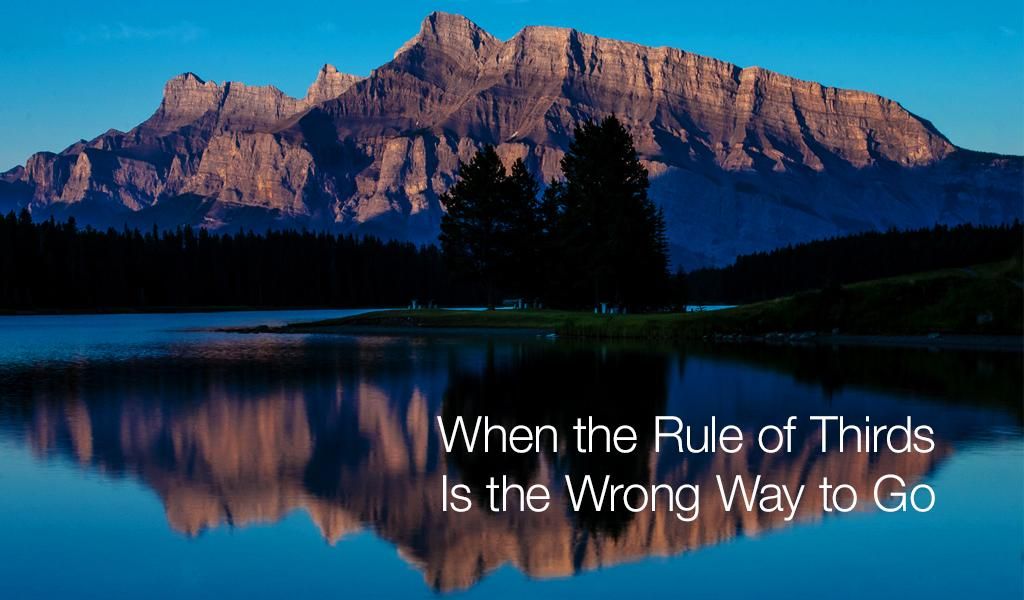
Just about every photo magazine and blog will caution you not to center your subject. Putting it to the side, they say, will make it more dramatic. In many instances, this is reasonable advice. Yet in photography, like many art forms, rules are often best when they’re not followed. There are a number of occasions when using the rule of thirds is actually a bad idea. Let’s examine when breaking the rules works in your favor.

What could be better than capturing a beautiful subject with your camera? Try doubling the visual interest with a mirror-like reflection. This kind of composition is not limited to vast bodies of water. A small pond would be just as effective as a puddle of melting snow. The technique can be used to photograph a wide variety of conditions. The reflection essentially connects the main subject to the rest of the environment. By utilizing the entire frame, it feels as if you could walk into the scene.

When you split the frame in half, the scene becomes more symmetrical. Not only is it visually appealing, but it also represents the harmony of life. The poet, Johann Wolfgang von Goethe said, “So divinely is the world organized that every one of us, in our place and time, is in balance with everything else.”
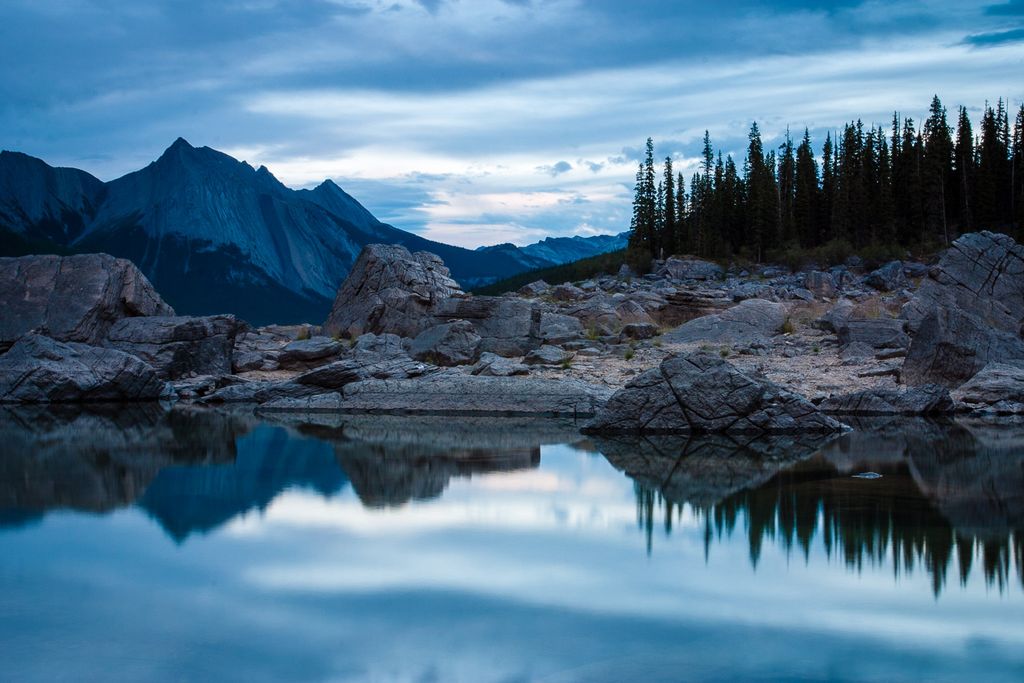
Ideally, this type of photography should be done on a day with little wind. Calm water is desirable for the clearest reflections. You won’t need a special lens or filter to create the effect. The trick is to walk right up to the edge of the water and explore the vantage point from a lower angle. If you’re standing straight up, you may not even notice it.
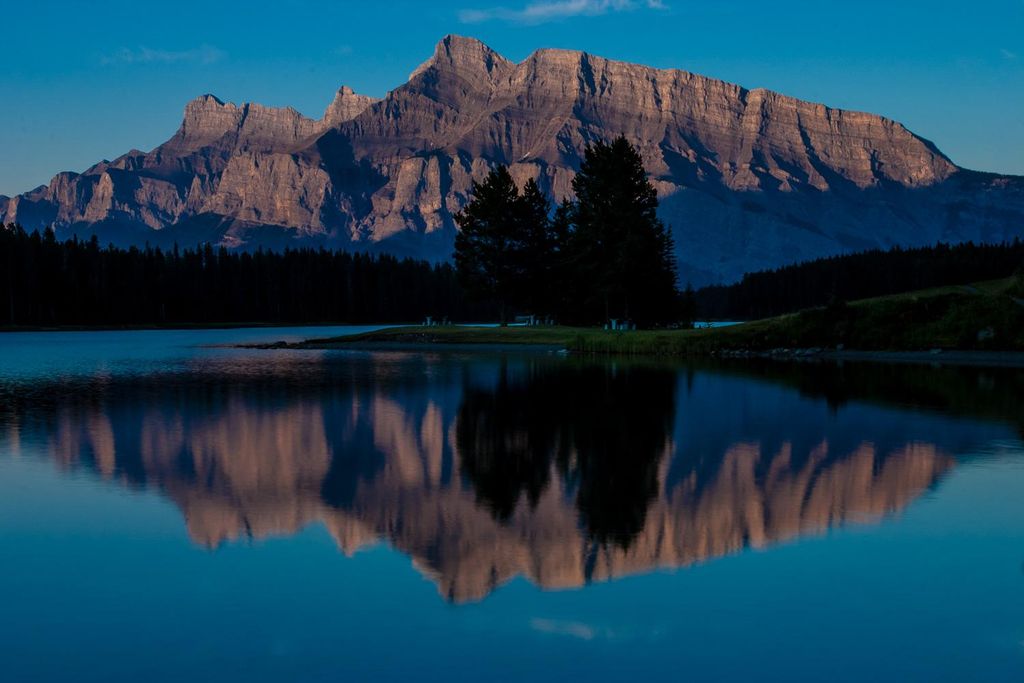
On your photography walks, slow the pace to thoroughly examine your surroundings. Good images don’t always reveal themselves right away. When you find an interesting subject, walk around it, check various angles, and look for potential opportunities for reflections.
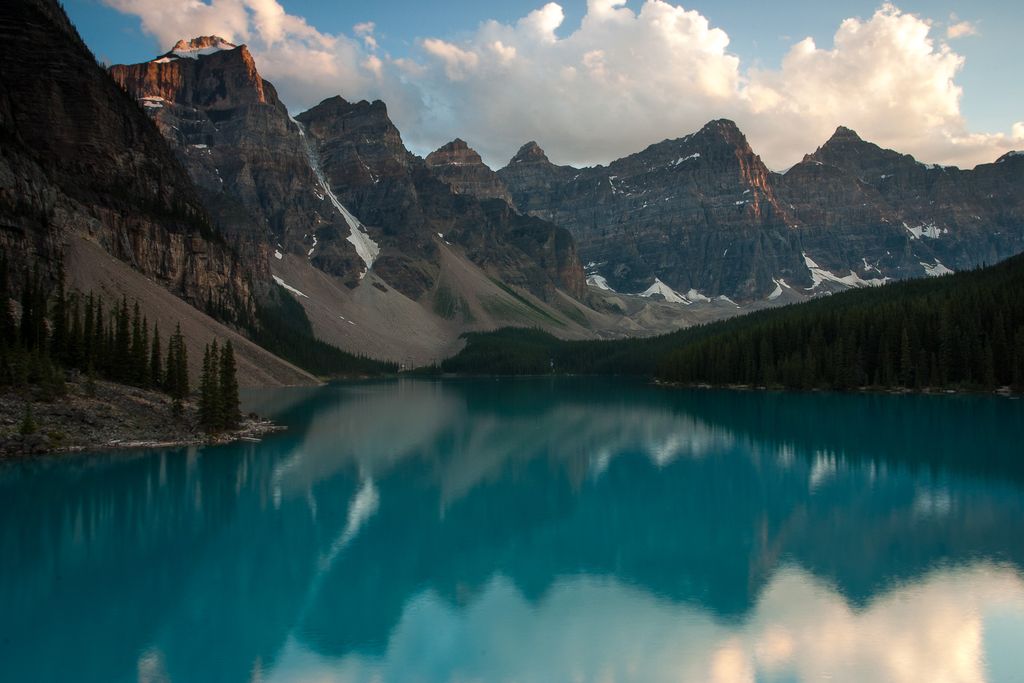
Don’t forget to try both horizontal and vertical compositions to best capture the scene. Eliminate any distracting elements by zooming with your lens or moving with your feet.
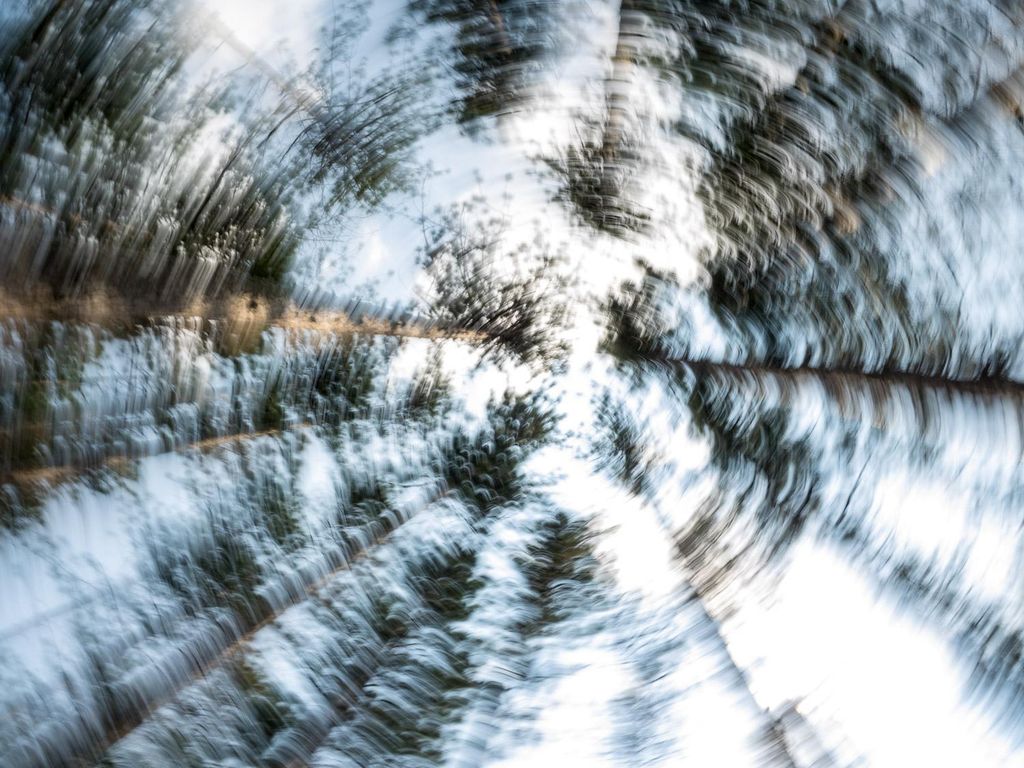
When photographing sports and wildlife, or even fast moving children, it can be difficult, if not impossible, to carefully compose a photo using the rule of thirds. A faster alternative is to merely center your subject with the middle autofocus point and shoot. This way you can capture the height of the excitement without worrying about composing. Leave a few inches of extra space so that you can later crop the image into any number of orientations.
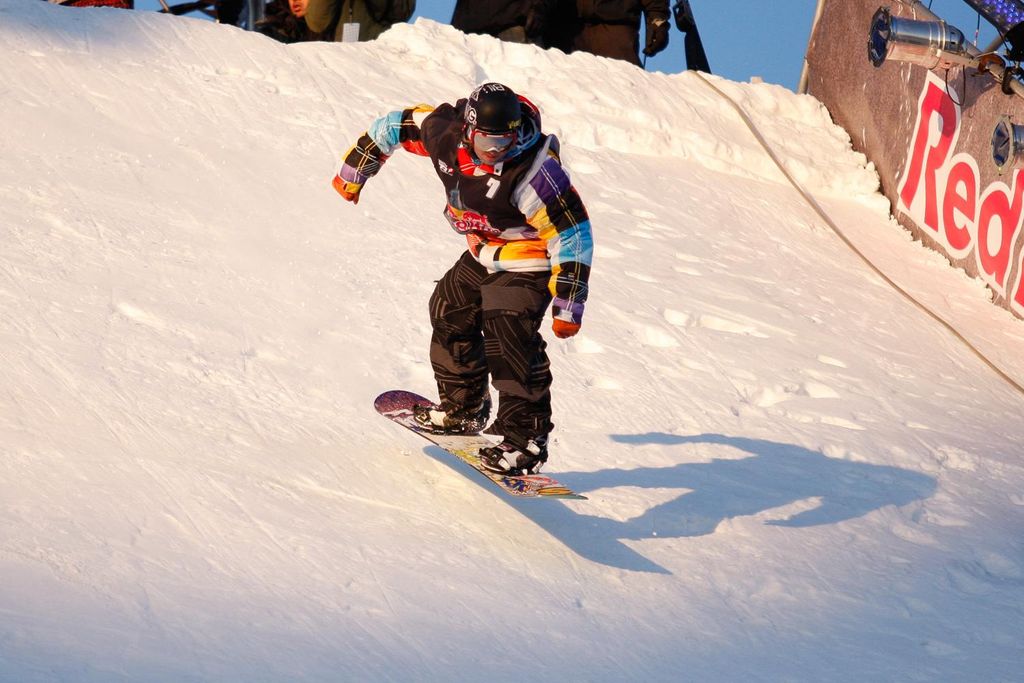
There are even times when flower close-ups look best centered. To put the center of the bud to the left or right would appear awkward. Bullseyed here, it becomes more balanced, bringing the eye directly to the focal point. When shooting flowers, it’s recommended that you try a variety of compositions to find what works best. Each subject will have different qualities, with some that are ideal for being centered.
